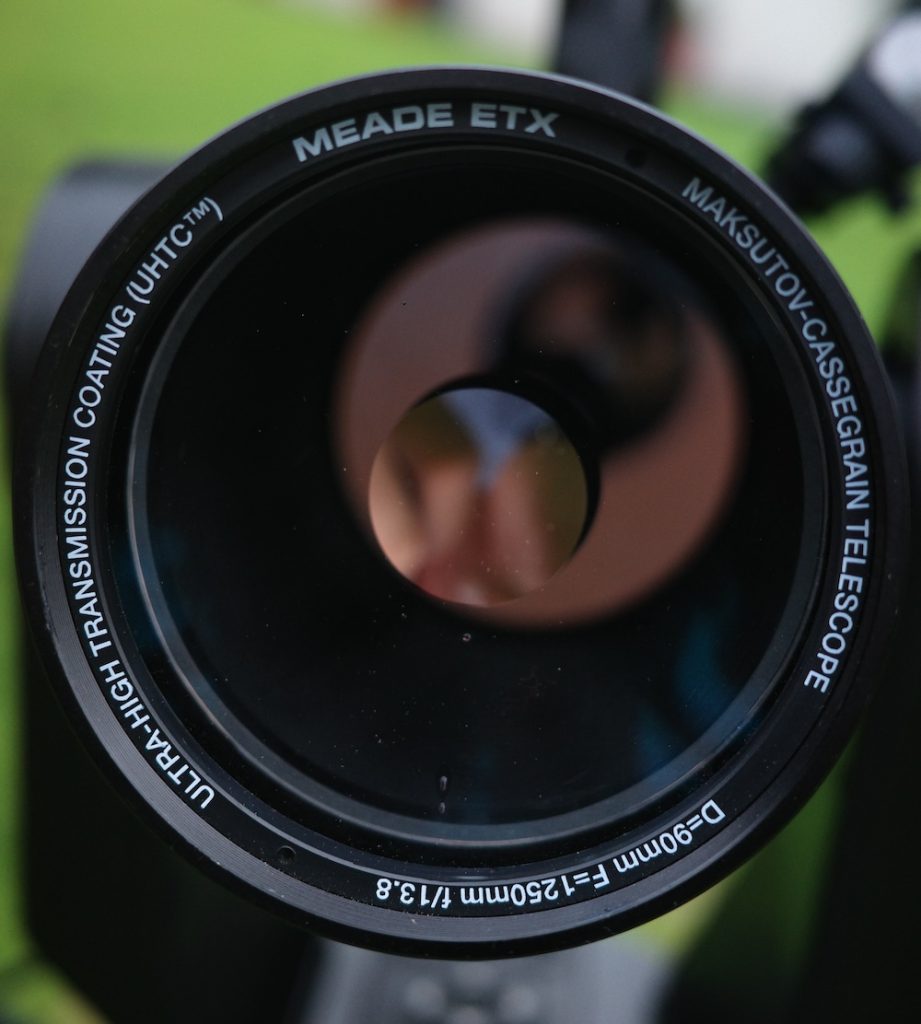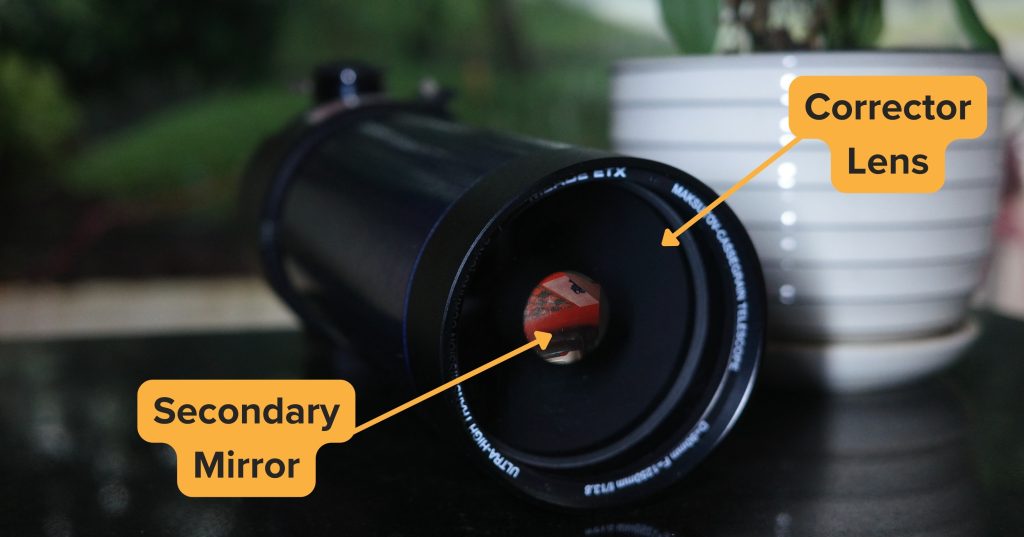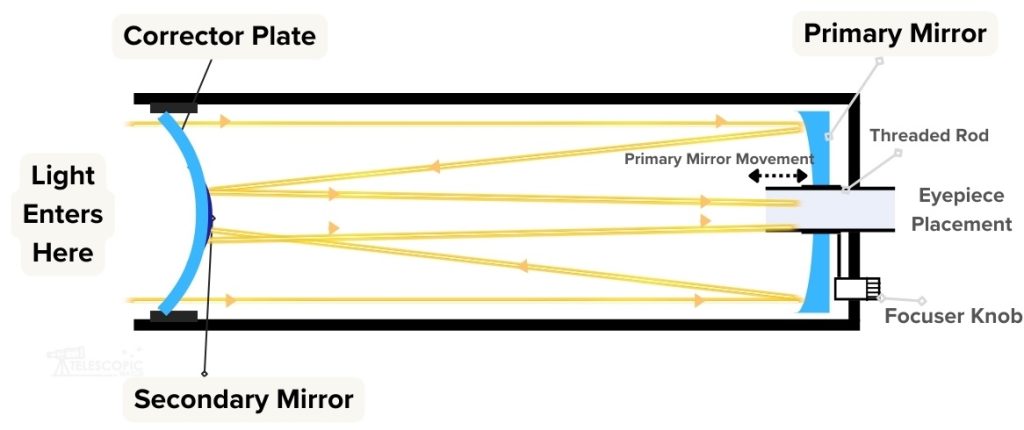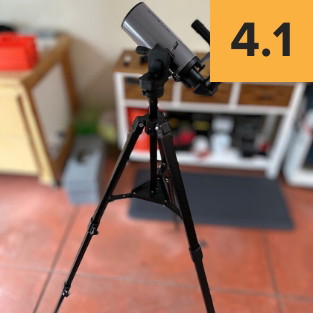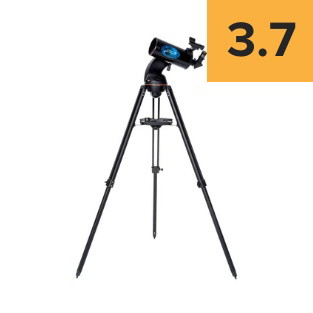Rank Category: Maksutovs Between $500 and $1000
The higher-ranked 127mm Maksutovs are nearly as portable as a 102mm Maksutov but offer more light gathering and resolving power, allowing for excellent views of the Moon, planets, double stars, and the brightest deep-sky objects.
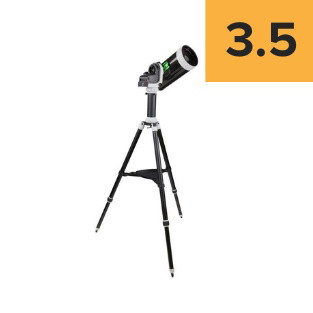
Rank Category: Maksutovs Above $1000
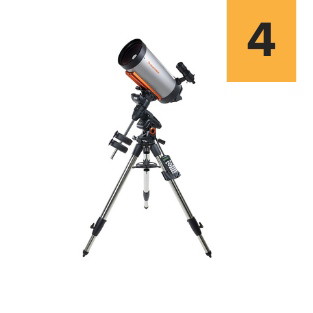
However, I think that the 2700mm focal length is outright claustrophobic, especially given that the telescope can’t really illuminate the field of a 2” eyepiece. For the price, you could get a C9.25 or C8 Schmidt-Cassegrain with comparable portability but better deep-sky views.
I’ve noticed that the thickness of the Maksutov corrector in such a large instrument also begins to hinder cooldown time and makes this scope quite heavy. With a total weight of 75 lbs, it’s hardly a portable or convenient instrument the way smaller Maksutovs tend to be.
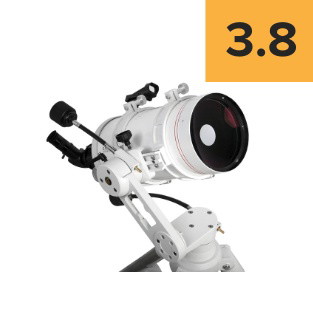
The FirstLight 152mm Mak is fairly unique in its use of a 2” Crayford focuser on the back instead of an internal moving-mirror focusing system. The external focuser design eliminates the problems of image shift and mirror flop, which is particularly nice for imaging purposes. There are also tube rings and a carry handle instead of a simple bolted-on dovetail, which makes carrying the telescope a bit more convenient.
The standard Vixen-style dovetail on the FirstLight 152mm Mak makes it easy to put it on an equatorial mount with tracking if you desire and the Twilight I likewise will accept a variety of other telescope optical tubes.

